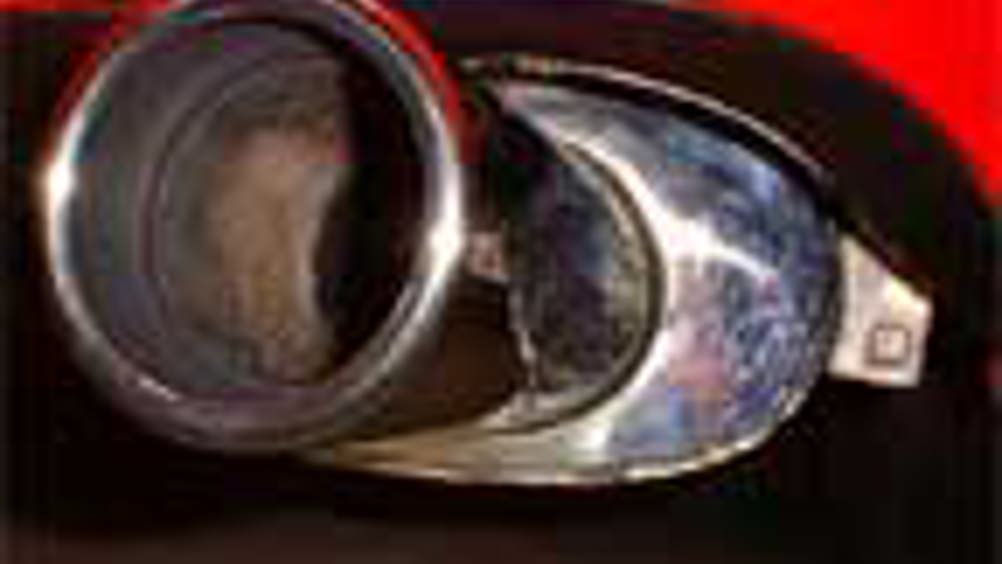Listening for pollution

The world’s first micro-sensor to measure air quality by ‘listening’ to the acoustic frequency of carbon dioxide has been developed by a Scandinavian consortium.
The Mascot micro-machined sensor analyses the specific resonance frequencies of gases, which change depending on the molecular mass of the gas. It has been designed to provide an early-warning system and will alert a ventilation system if oxygen levels fall too low. The acoustic resonator on the sensor’s chip can detect the signature frequency of CO2 in a volume of gas smaller than one microlitre.
The technology was developed by Norwegian and Swedish research institutes and SMEs, including Norway’s Sensonor which co-ordinated the EU-funded project.
Per Gloersen, Sensonor’s R&D co-ordinator, said that the Mascot sensor’s main benefits lay in its high-energy efficiency. He said that conventional chemical sensors are notorious for their poor long-term stability, particularly their sensitivity which, with prolonged exposure to the gas, can alter slightly over time.
Register now to continue reading
Thanks for visiting The Engineer. You’ve now reached your monthly limit of news stories. Register for free to unlock unlimited access to all of our news coverage, as well as premium content including opinion, in-depth features and special reports.
Benefits of registering
-
In-depth insights and coverage of key emerging trends
-
Unrestricted access to special reports throughout the year
-
Daily technology news delivered straight to your inbox










CCC Report Finds UK Climate Targets Still Within Reach
In 1990 67% of the UK´s electricity came from coal-fired power stations and even without renewables the transition to gas was a major contributor to...